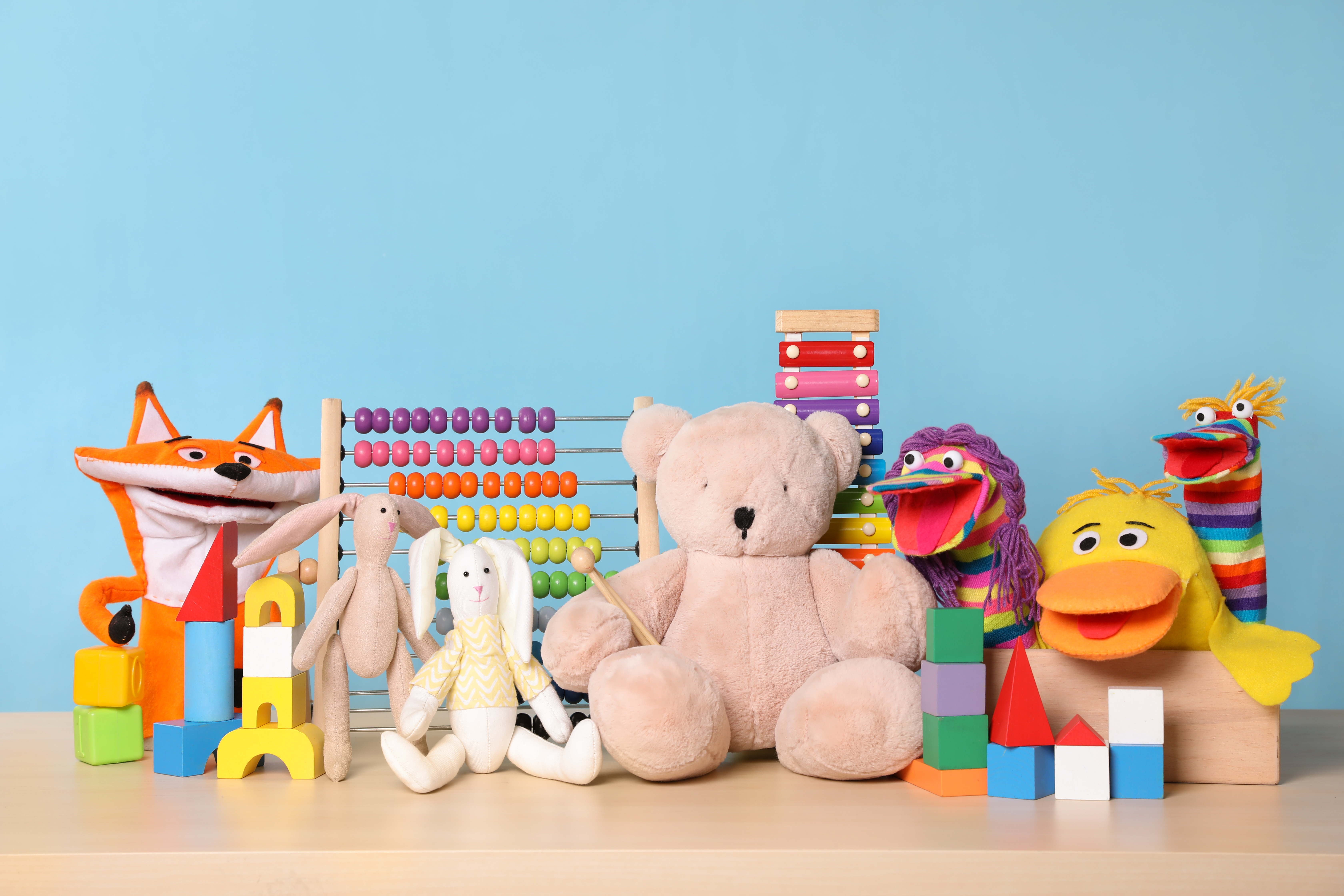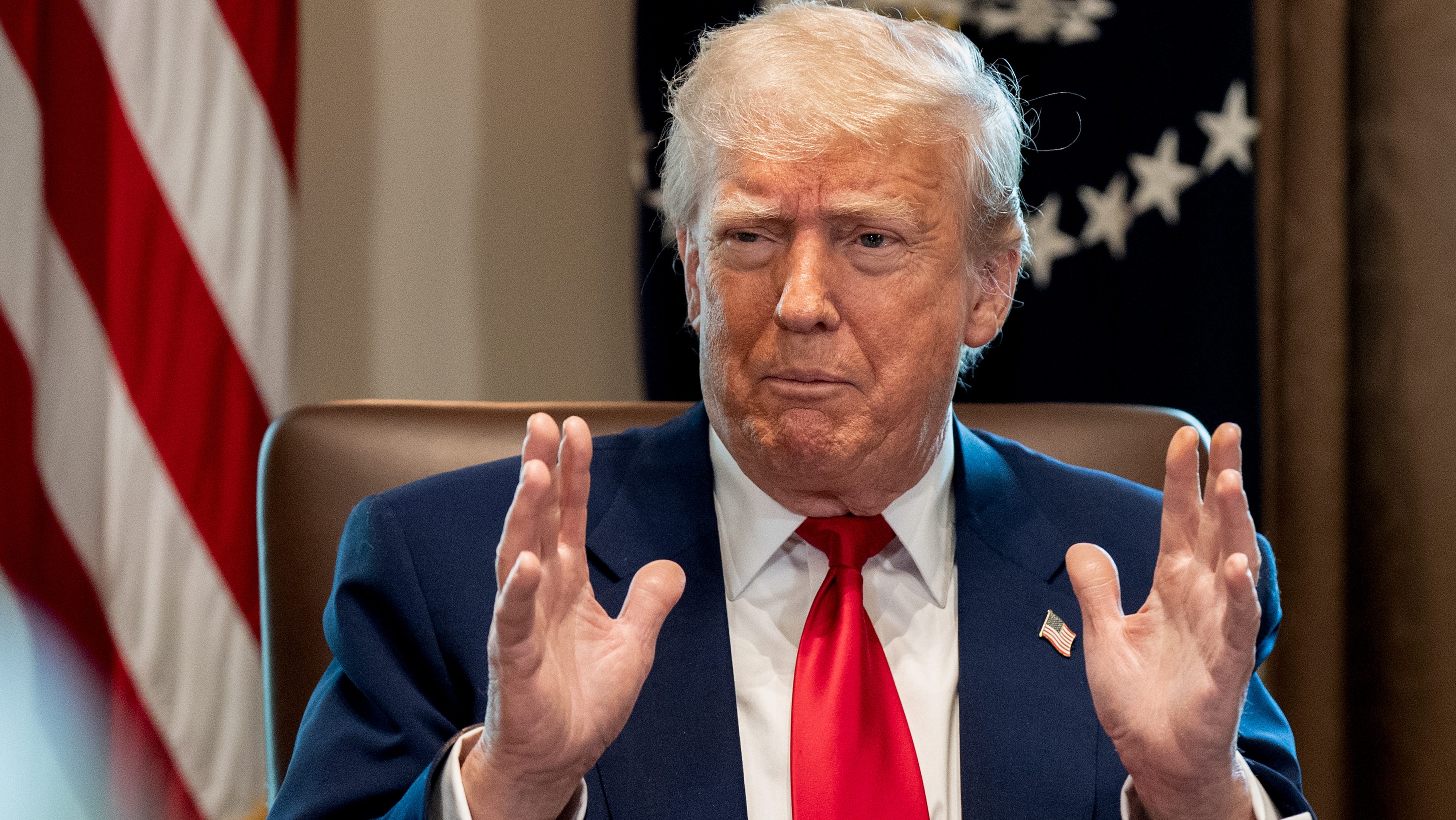Fewer Toys, More Play: How Many Toys Should Kids REALLY Have?
Less is More: The Shocking Truth About How Many Toys Your Child Really Needs
Introduction: The Toy Overload Dilemma
If you have a toddler, chances are your living space resembles a colorful explosion of toys. We're talking stuffed animals breeding like rabbits, magnetic tiles forming abstract sculptures, and enough toy cars to stage a miniature Grand Prix. But what if I told you that all those toys might actually be hindering your child's development? That's right, sometimes, less really is more. Are you ready to declutter and unlock your child's full potential? Let's dive in!
The Groundbreaking Study: Four is the Magic Number
Occupational therapist Dr. Alexia Metz led a widely cited research study at the University of Toledo in 2017, focusing on toddlers between 18 and 30 months old. Imagine a room filled with enticing "sit and play" items, like dump trucks and stacking toys. Dr. Metz observed these little ones interacting with varying numbers of toys.
And the magic number of toys for the kids she studied? Just four.
Why So Few? The Paradox of Choice
“We keep bringing home more and more toys, thinking this is the toy that will get my kid into Harvard,” Metz tells TODAY.com. “But then we don’t see the value in their playing because they can’t organize themselves enough to play.”
Think of it like this: imagine standing in front of a massive buffet. Overwhelmed by the sheer variety, you might grab a little of everything, ultimately feeling unsatisfied and missing out on truly savoring any one dish. The same principle applies to toys. Too many options lead to fleeting attention spans and shallow play.
The Downsides of Toy Overload: A Deep Dive
Reduced Focus and Attention Span
A surplus of toys can overwhelm a child's senses, leading to a diminished ability to concentrate. Children bounce from one toy to another, never truly engaging with any single item for an extended period. This can hinder the development of their attention span, a crucial skill for learning and problem-solving.
Impaired Creativity and Imagination
Counterintuitively, having fewer toys can actually boost creativity. With fewer pre-defined options, children are forced to use their imaginations to invent games and scenarios. A simple cardboard box becomes a spaceship, a blanket transforms into a fort, and a stick becomes a magical wand. The limitations of a smaller toy collection spark resourcefulness and innovative thinking.
Decreased Problem-Solving Skills
When surrounded by an abundance of toys, children are less likely to grapple with the challenges that arise during play. If one toy doesn't work, they simply grab another. With fewer options, they're encouraged to persevere, find creative solutions, and develop their problem-solving abilities.
Difficulty Organizing and Cleaning Up
Let's be honest, even adults struggle to organize a cluttered space. Imagine how overwhelming it must be for a child to manage a massive toy collection. A smaller number of toys makes it easier for children to learn to tidy up and take responsibility for their belongings. This instills valuable organizational skills that will benefit them throughout their lives.
The Benefits of Toy Minimalism: Unlocking Your Child's Potential
Enhanced Focus and Concentration
By limiting the number of toys, you're creating a more focused and less distracting environment. This allows your child to concentrate on the task at hand, whether it's building a tower of blocks or engaging in imaginative play with a single doll. Increased focus translates to deeper learning and a greater sense of accomplishment.
Boosted Creativity and Imagination
As mentioned earlier, fewer toys force children to tap into their creativity. They learn to see the potential in everyday objects and invent their own games and scenarios. This fosters imagination and helps them develop unique perspectives.
Improved Problem-Solving Abilities
When faced with limited resources, children are challenged to find innovative solutions. They learn to adapt, improvise, and think outside the box. This strengthens their problem-solving skills and prepares them for future challenges.
Greater Appreciation and Gratitude
When children have fewer toys, they're more likely to appreciate what they have. They learn to value their possessions and take better care of them. This fosters a sense of gratitude and helps them understand the importance of mindful consumption.
Practical Tips for Toy Decluttering: A Step-by-Step Guide
- Start Small: Don't try to tackle the entire toy collection at once. Begin with a small section or category.
- Involve Your Child (Age Appropriately): Let your child help decide which toys to keep and which to donate. This gives them a sense of ownership and control.
- The One-Year Rule: If a toy hasn't been played with in a year, it's probably time to let it go.
- Donate or Sell: Give unwanted toys a new life by donating them to charity or selling them online.
- Rotate Toys: Keep some toys in storage and rotate them regularly to keep things fresh and exciting.
The Art of Toy Rotation: Keeping Things Fresh
Toy rotation is a brilliant strategy for maintaining a manageable toy collection while keeping your child engaged and entertained. The idea is simple: keep a small selection of toys readily available and store the rest. Then, periodically swap out the available toys with those in storage.
Benefits of Toy Rotation
- Reduces toy clutter, creating a calmer play environment.
- Reintroduces "old" toys, sparking renewed interest.
- Encourages deeper engagement with available toys.
- Makes cleanup easier and faster.
Beyond Toys: The Importance of Experiences
Remember, toys aren't the only things that contribute to a child's development. Experiences, such as trips to the park, visits to museums, and family game nights, are equally valuable. In fact, many experts argue that experiences have a more lasting impact on a child's happiness and well-being than material possessions.
The Role of Open-Ended Toys: Fostering Creativity
Not all toys are created equal. Open-ended toys, such as building blocks, art supplies, and dress-up clothes, are particularly beneficial for fostering creativity and imagination. These toys have no pre-defined purpose, allowing children to invent their own games and scenarios. Investing in a selection of high-quality, open-ended toys can provide endless hours of entertainment and learning.
Age-Appropriate Toys: Choosing Wisely
When selecting toys, it's important to consider your child's age and developmental stage. Toys that are too advanced may be frustrating, while those that are too simple may be boring. Look for toys that challenge your child without being overwhelming. Pay attention to safety guidelines and choose toys that are appropriate for their age group.
The Parent's Role: Facilitating Play
Ultimately, the most important factor in a child's development is the quality of their interactions with their parents and caregivers. Put down your phone, get on the floor, and play with your child! Engage in imaginative play, ask open-ended questions, and encourage them to explore and discover. Your presence and participation are far more valuable than any toy.
Embrace the Minimalism Mindset: It's Not About Deprivation
It's important to emphasize that toy minimalism is not about depriving your child. It's about creating a more intentional and enriching play environment. It's about fostering creativity, focus, and gratitude. It's about prioritizing experiences over possessions and nurturing a love of learning and exploration.
Conclusion: The Power of Less
So, how many toys should your child have? The answer, as Dr. Metz's research suggests, is likely far fewer than you think. By decluttering the toy collection, embracing toy rotation, and prioritizing experiences, you can unlock your child's full potential and create a more joyful and fulfilling childhood. Remember, less is often more when it comes to toys. It's about quality over quantity, and creating an environment where imagination and creativity can thrive.
Frequently Asked Questions
- Q: What if my child resists decluttering?
- A: Involve your child in the process (age permitting). Frame it as a way to help other children who don't have as many toys. Make it a positive experience, not a punishment.
- Q: How often should I rotate toys?
- A: There's no magic formula. Try rotating toys every few weeks or when you notice your child losing interest in their current selection.
- Q: What are some examples of good open-ended toys?
- A: Building blocks, art supplies (crayons, paint, paper), dress-up clothes, play dough, and wooden train sets are all excellent choices.
- Q: Is it okay to have some electronic toys?
- A: Yes, but moderation is key. Balance electronic toys with more traditional, hands-on options. Limit screen time and encourage active play.
- Q: What do I do with toys that are broken or missing pieces?
- A: If a toy is broken beyond repair, it's best to discard it. For toys with missing pieces, see if you can find replacements online or consider repurposing the remaining parts for crafts.

